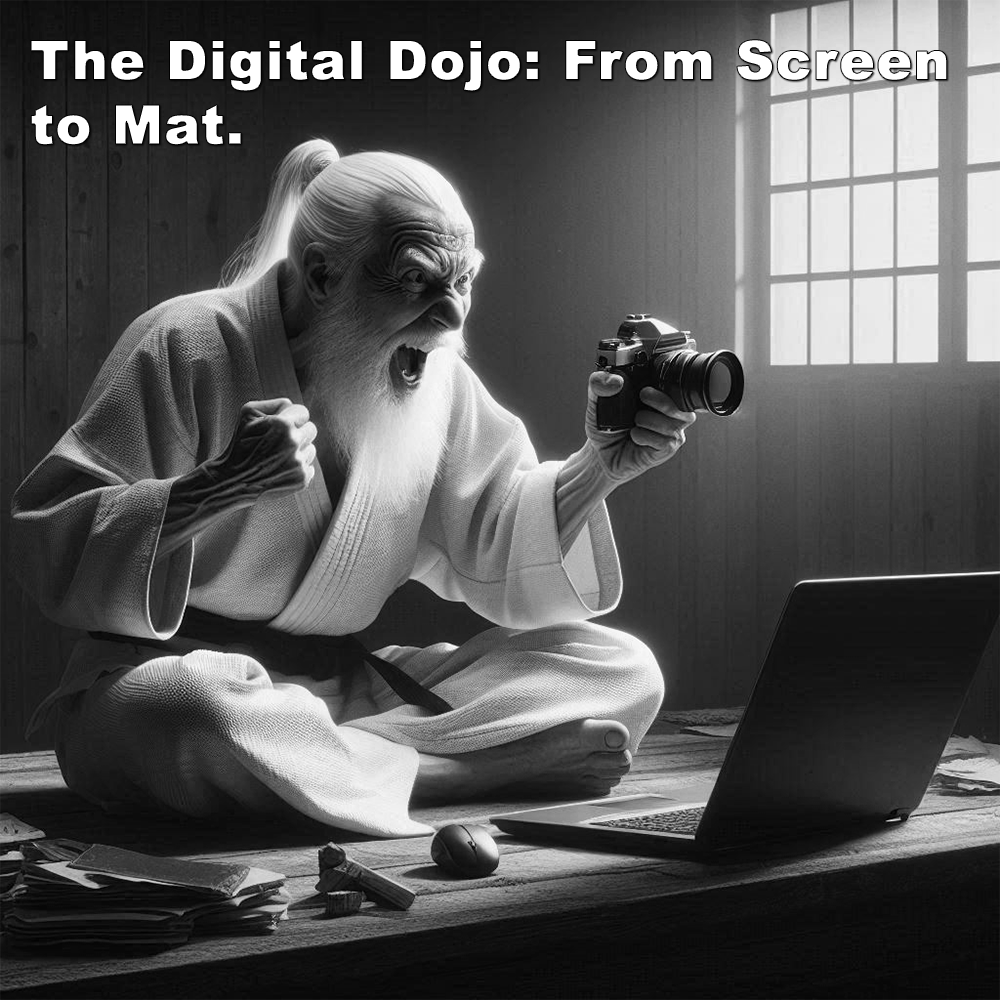
The Digital Dojo: From Screen to Mat.
Posted by ADAM CARTER on JUL 09, 2024

The Digital Dojo: From Screen to Mat.
(Approx 1 minute 55 second read)
In today’s digital age, YouTube offers a wealth of information, including numerous martial arts tutorials. While these videos can be a valuable resource, they cannot replace the guidance of a qualified instructor.
Many practitioners turn to YouTube for instant knowledge, which can be helpful for remembering specific techniques or sequences. However, to grasp the deeper principles of karate, you need a teacher who can provide comprehensive understanding, context, and answers to questions. Relying solely on online instruction often leads to superficial knowledge and the development of bad habits.
No matter how experienced or intelligent you think you are, a skilled instructor offers personalized feedback, addresses individual needs, and ensures proper technique.
YouTube, by contrast, is a one-way street. While you can study and learn from videos, they cannot provide the interactive instruction and correction necessary for true proficiency. Without a qualified guide to correct your practice, you are likely to make mistakes and develop habits that will be difficult to unlearn.
I have seen time and again that learning without correction breeds bad habits. It will eventually take longer to relearn something correctly than it would have to learn it properly from the beginning with a qualified teacher.
Recently a second-degree black belt from another style, brimming with confidence from his YouTube education, approached me about training. “I know all your katas”, he declared. However, when he performed them, it became clear his knowledge was really superficial.
While online videos can provide hints, tips, and “how-tos”, true skill comes from practice and proper guidance.
Some instructors mistakenly believe that learning from YouTube qualifies them to teach others, but their skill levels often reflect the flaws in this approach. They bypass the invaluable experience of learning in a dojo from a knowledgeable instructor relying on video content to teach their classes. This is misguided on many levels.
Yes, some high-quality YouTube channels with qualified instructors exist. However, these channels are best used as supplements to in-person training, not a replacement.
True proficiency comes from dedicated practice under the watchful eye of a qualified teacher. These instructors haven’t cherry-picked their knowledge from YouTube; they’ve spent years honing their skills in a dojo environment, learning from experienced teachers themselves. This experience is invaluable, and it translates into effective teaching methods that ensure students develop a deeper understanding.
It can take many years to become a competent and knowledgeable teacher, and being honest with yourself about your teaching skills is essential.
Don’t pretend you know it all, there’s a place for online resources, but their role is supplementary, not primary.
Learning martial arts from YouTube is like trying to become a master chef by watching food commercials – you might end up with something, but it’s probably not what you intended.
POSTSCRIPT: For those that complain about my use of digital images. The image of an old karate sensei peering at a computer screen is meant to add a touch of humor while symbolizing the theme of the article.
